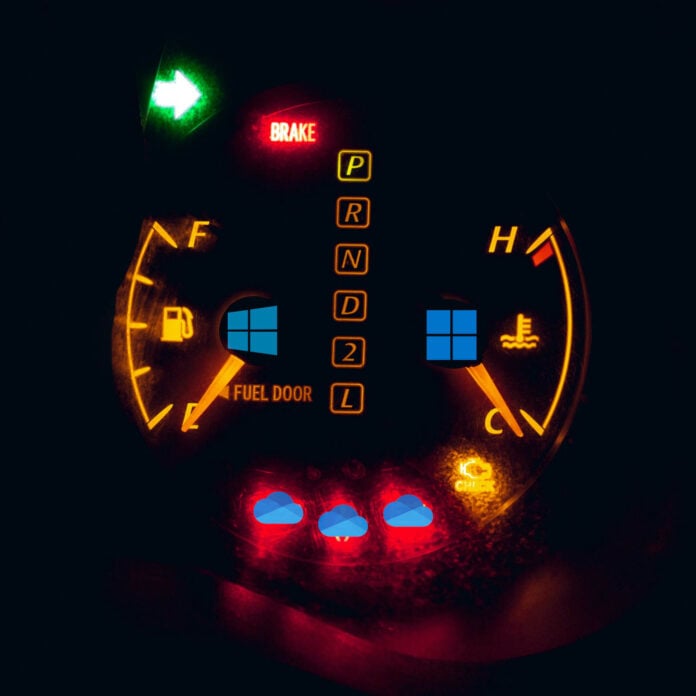Microsoft has updated its tips to improve PC performance in Windows 10 and 11, with indications that some of the OS’s built-in features may slow your machine down. Among the ten shared tips, the company recommends disabling OneDrive file synchronisation and Windows visual effects if you notice system slowdowns, before monitoring how things improve.
OneDrive’s sync is a feature that automatically uploads files to Microsoft’s cloud in order to keep them safe in the case of a catastrophic system failure. To do so, a background task is constantly checking for changes in the local drive, consuming valuable resources, from CPU cycles to internet bandwidth. Understandably, Microsoft acknowledges that disabling/pausing this synchronisation could lead to noticeable speed improvements, especially on devices still using slower storage solutions.
“OneDrive by default sync files ….. This lets you get to your files from any device that can connect to the internet, and it helps make sure your files are backed up in case your PC is ever damaged or lost. However, …. syncing can slow down your PC. You can pause OneDrive syncing temporarily and see if it helps improve your PC performance,” said Microsoft.
For those who want to have a snappy machine while protecting their data are encouraged to enable OneDrive sync periodically to back up said files to the cloud, before disabling the feature again to recuperate the CPU and bandwidth resources.
To do so:
- On the taskbar, look for OneDrive near the notification area.
- Select OneDrive > Help & Settings > Pause syncing, and then choose how long you want to pause syncing your files.
- Restart your PC and see if your performance issues have improved with syncing paused.
- To resume syncing your files, select OneDrive > Help & Settings > Resume syncing.
Alongside OneDrive sync, Microsoft has also highlighted Windows 11 visual effects’ impact on performance. This feature applies various graphical enhancements to the system presentation, including window transparency and transition animations. While they can make the system look smoother when paired with modern machines, they become a liability on slow hardware due to their graphical demands. Their additional resource consumption can noticeably degrade the responsiveness of low-end PCs; thus, enthusiasts have recommended disabling such effects for as long as they existed, especially on PCs that have small RAM capacity.
Since this feature has no impact on the core functionality of Windows, Microsoft encourages users who need that extra bit of performance to disable it.
To do so:
- Select Search, type performance, then select Adjust the appearance and performance of Windows in the list of results.
- On the Visual Effects tab, select Adjust for best performance > Apply.
- Restart your PC and see if that speeds up your PC.
These join the plethora of tweaks Microsoft recommends, from keeping Windows updated to scanning for malware. The ones I found useful were removing unnecessary startup apps and managing the page files. So, don’t shy from trying a couple of these, because you may be surprised by the results. Overall, this highlights the company’s growing focus on optimising its Windows OSes, which is great.

